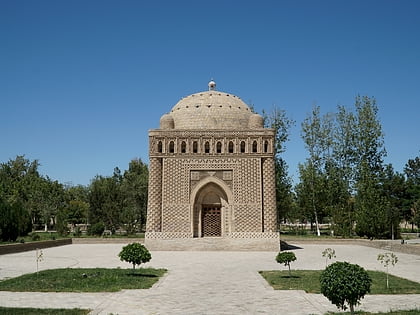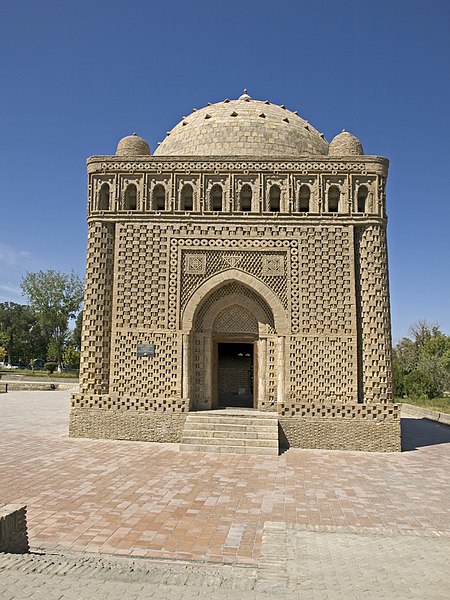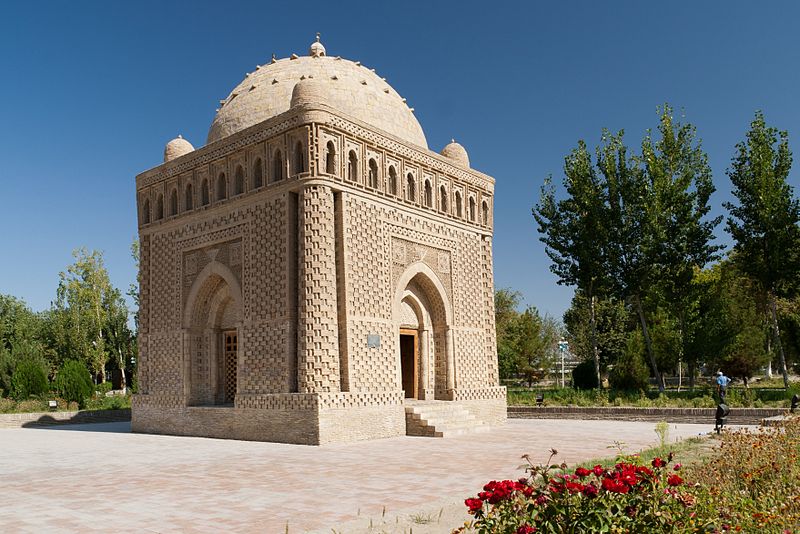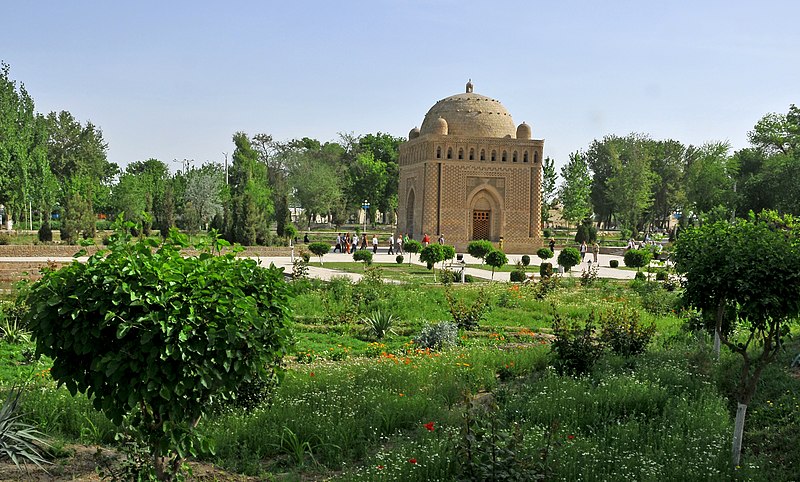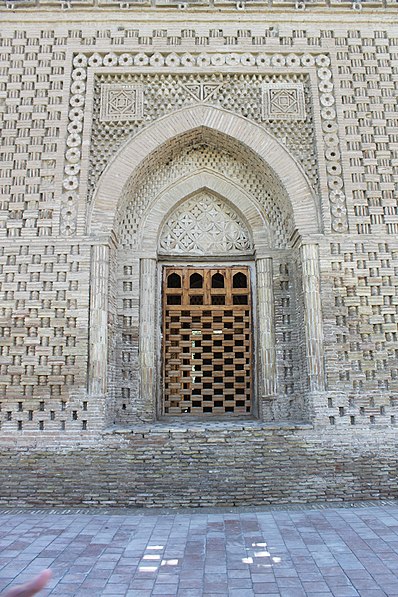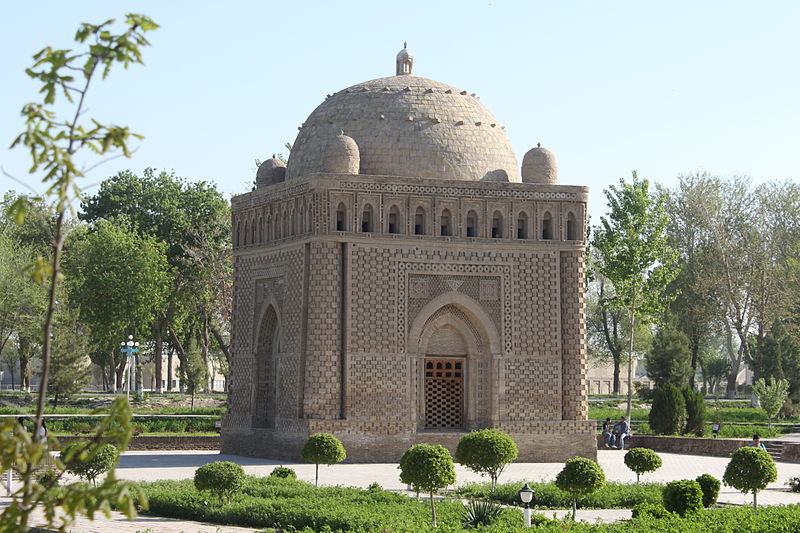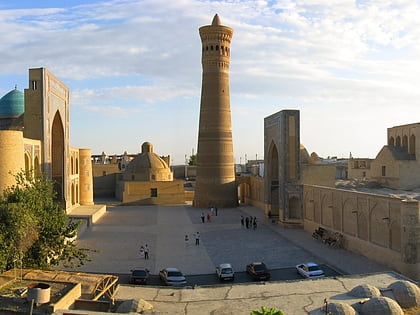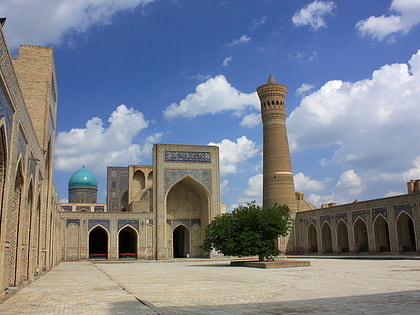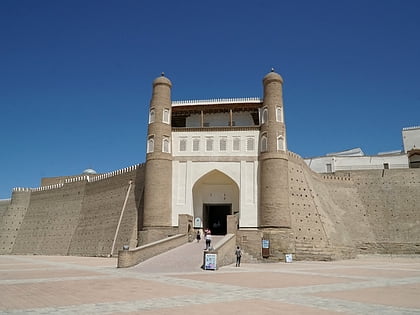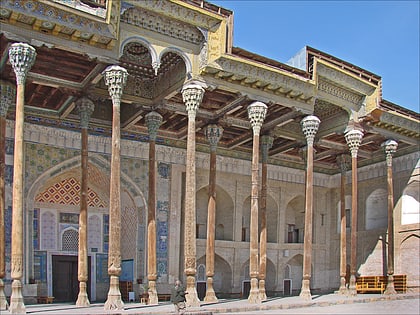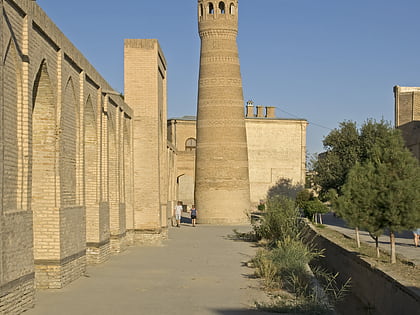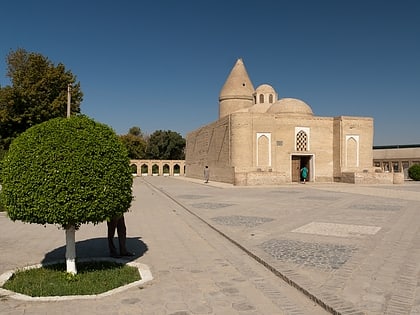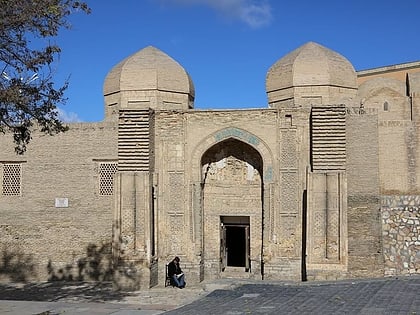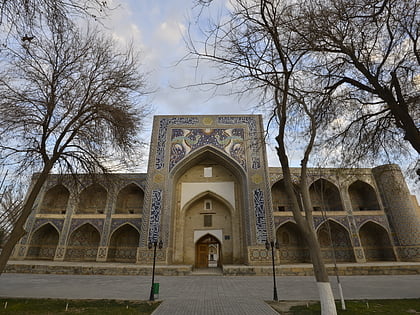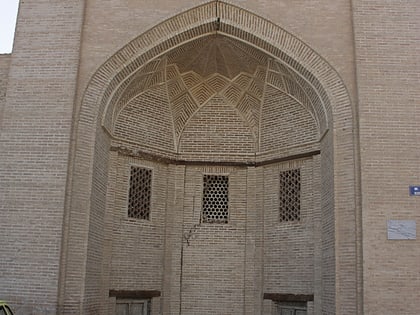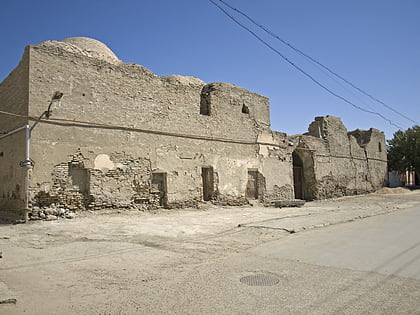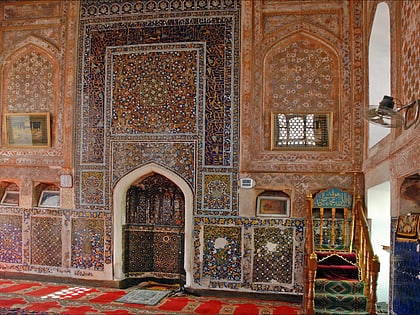Samanid Mausoleum, Bukhara
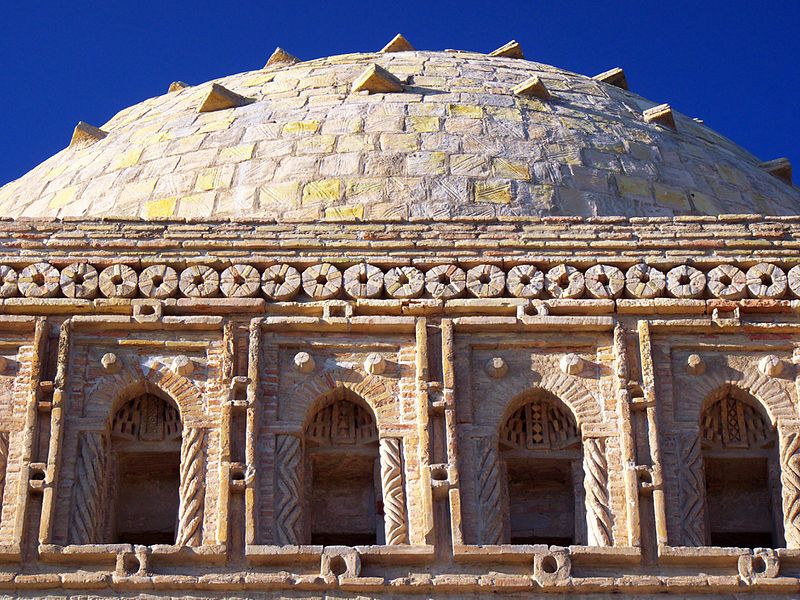
Facts and practical information
The Samanid Mausoleum is an architectural jewel of Bukhara, Uzbekistan, and a significant example of early Islamic architecture. This brick mausoleum, dating back to the 10th century, is the resting place of Ismail Samani, the founder of the Samanid dynasty, and his family. Its historical and artistic value makes it a revered site, not only in Uzbekistan but also in the wider Islamic world.
Constructed between 892 and 943 AD, the Samanid Mausoleum is notable for its intricate brickwork, which forms various geometric and floral patterns, demonstrating the exceptional craftsmanship of the era. The mausoleum's cubic form and the central dome are characteristic of Persian architecture, and its design has influenced Islamic architecture across Central Asia.
Despite the region's tumultuous history, the Samanid Mausoleum has survived in a remarkably well-preserved state, which is attributed to its robust architectural design and the reverence it commands as a sacred site. It stands as a testament to the Samanid Empire's cultural and scientific advancements during its golden age.
The mausoleum is open to visitors throughout the year and continues to attract those interested in history, architecture, and the rich cultural tapestry of the Silk Road. It is especially picturesque at dawn and dusk when the warm light of the sun accentuates the depth and complexity of the brickwork, inviting both contemplation and admiration.
Samanid Mausoleum – popular in the area (distance from the attraction)
Nearby attractions include: Kalyan Minaret, Po-i-Kalyan, The Ark, Bolo Haus.
Frequently Asked Questions (FAQ)
Which popular attractions are close to Samanid Mausoleum?
How to get to Samanid Mausoleum by public transport?
Bus
- маршрутки в Чор Бакр (8 min walk)
- Конечная маршруток и автобусов Калхоз базар (10 min walk)
